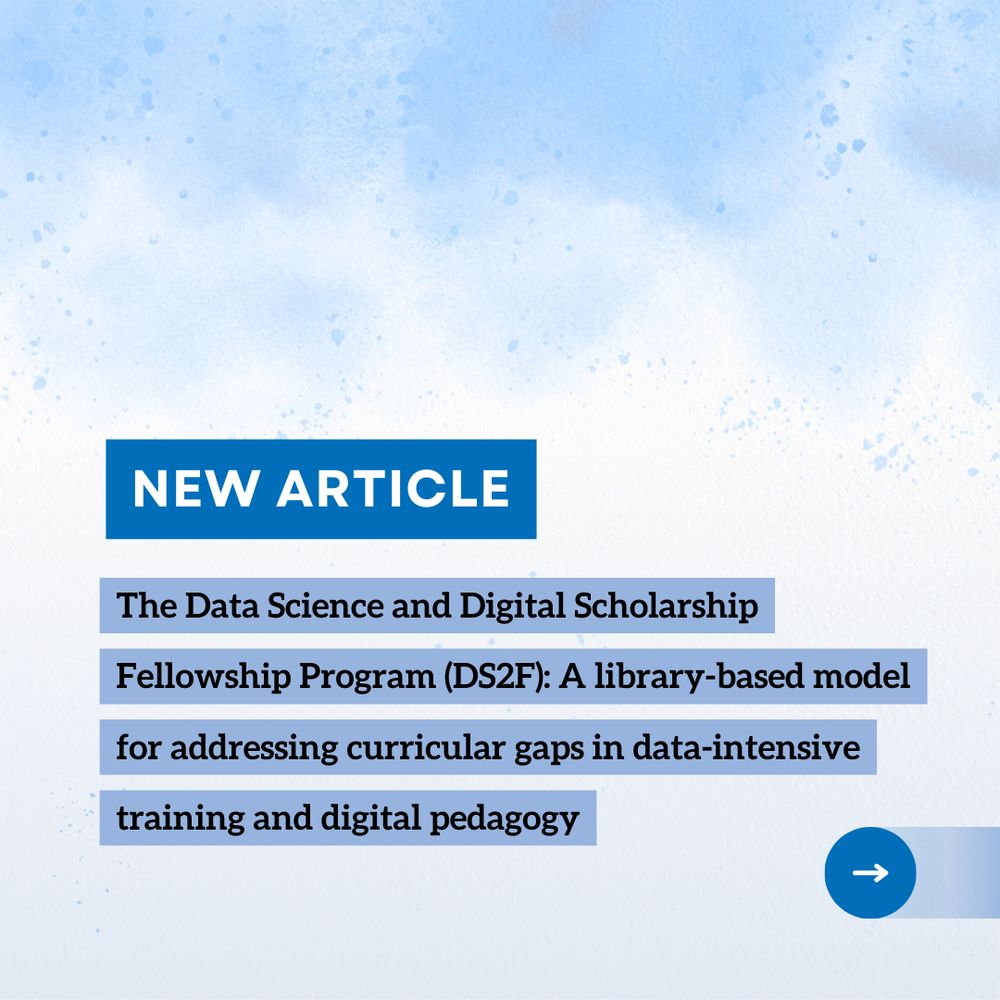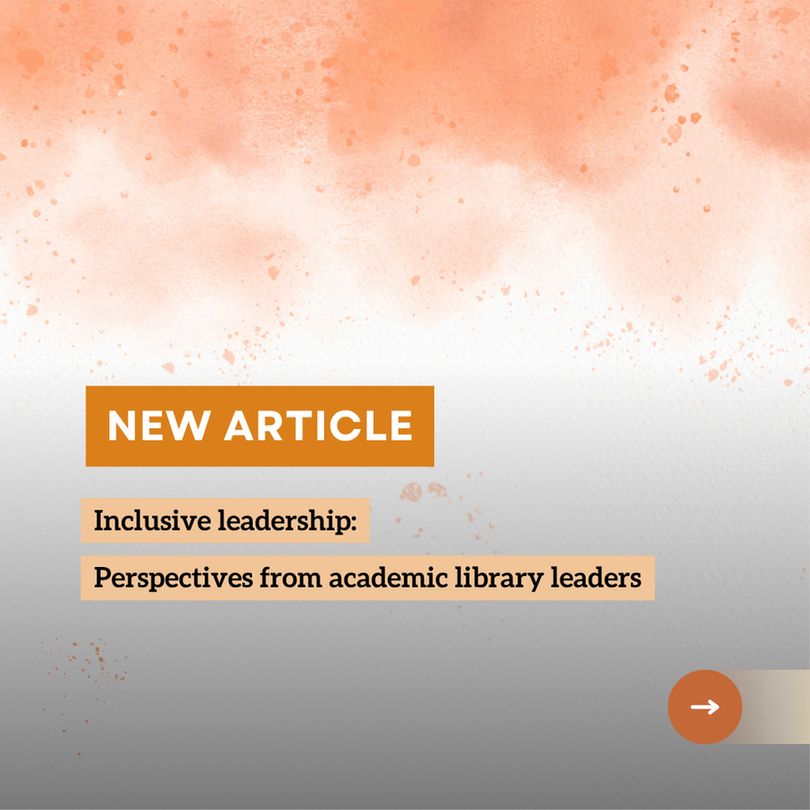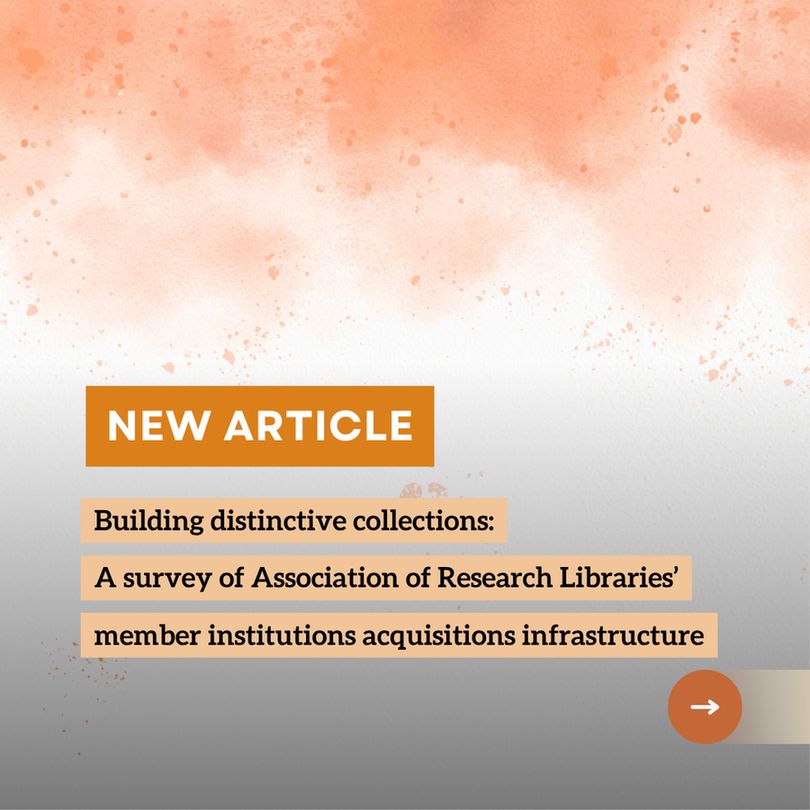College & Research Libraries (C&RL)
@crl-acrl.bsky.social
36 followers
8 following
29 posts
College & Research Libraries (C&RL) is the official scholarly research journal of ACRL. Follow for article highlights, book reviews, and other unique content.
Posts
Media
Videos
Starter Packs




































